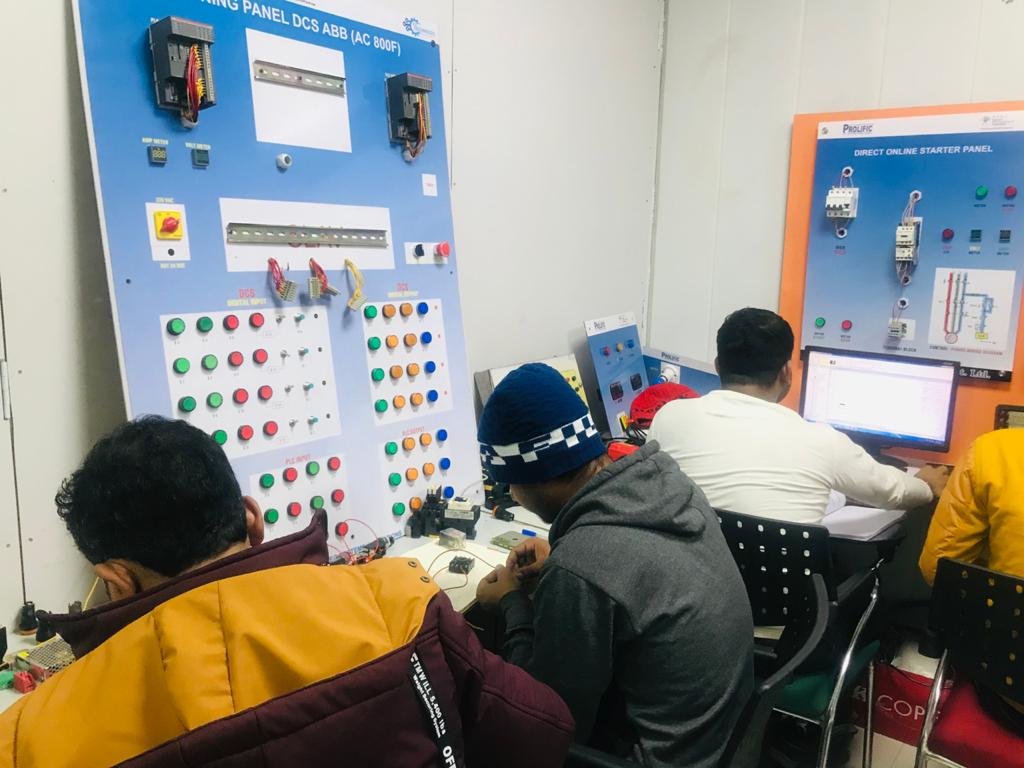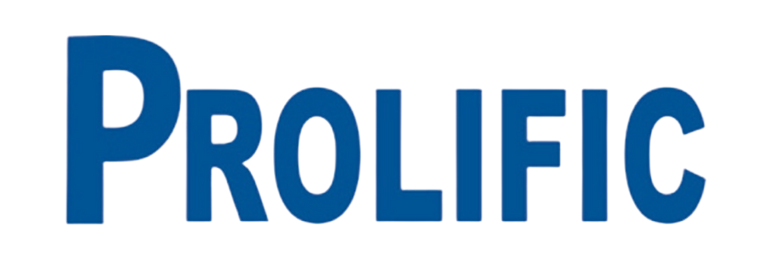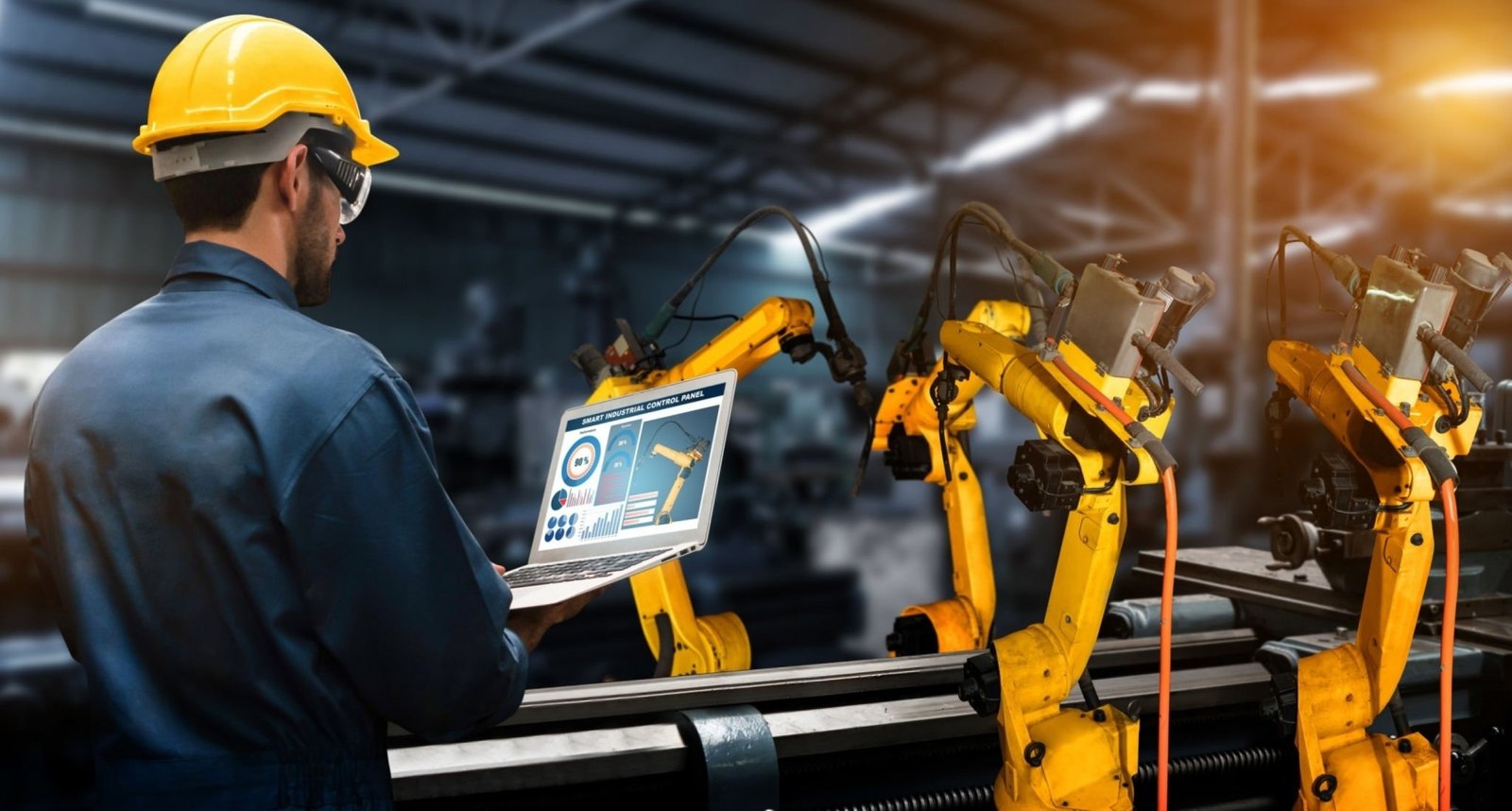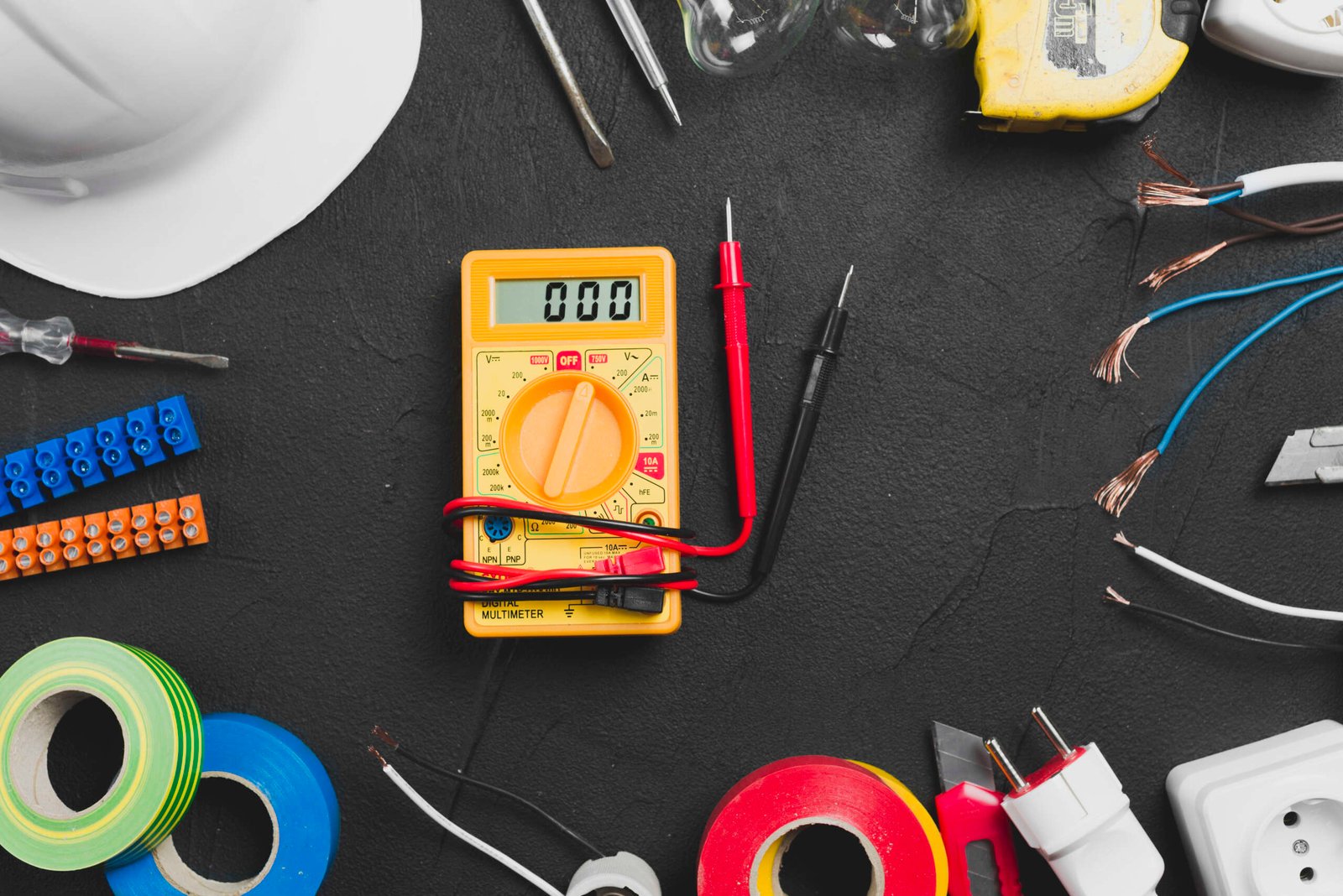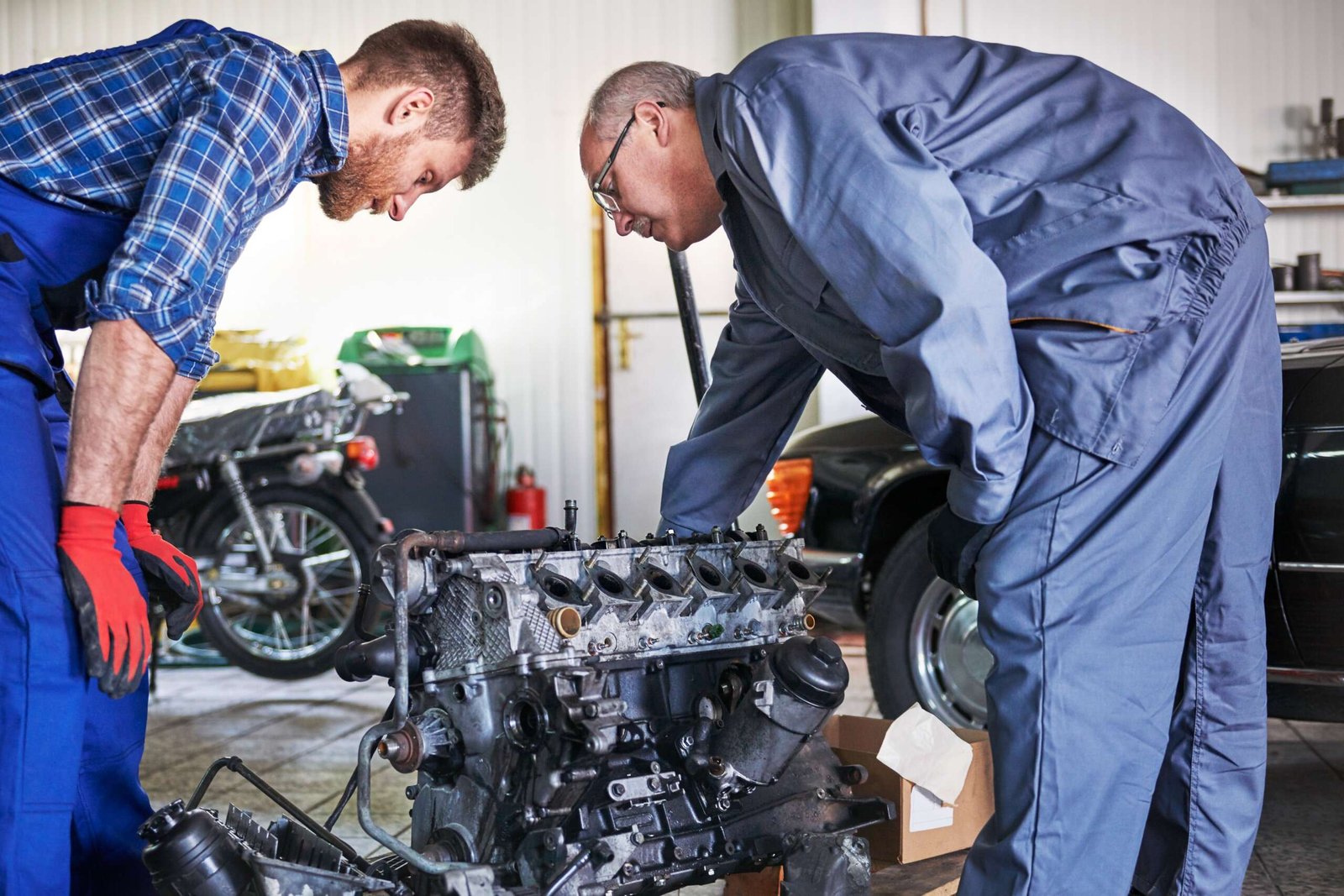Prolific Certified Electrical Engineer
- Home
- Our Courses
- Automation
- Electrical - 10th or 12th/ITI
- Prolific Certified Electrical Engineer
Reach the pinnacle of your electrical engineering career with our prestigious Prolific Certified Electrical Engineer course. This advanced program delves deep into the intricacies of electrical systems, covering advanced topics in power generation, distribution, and control. Obtain a globally recognized certification that demonstrates your expertise and opens doors to exciting career opportunities worldwide.

Created by
Prolific Automation
Categories
Electrical - 10th or 12th / ITI
Course Description
Our Prolific Certified Electrical Engineer (PCEE) course is meticulously crafted to equip students with the essential knowledge and skills required in the fields of electrical engineering and automation. The course covers a vast range of topics from the basics of electrical circuits, to complex electrical machinery, automation systems, and state-of-the-art designing tools. We foster a practical learning environment that emphasizes both theoretical concepts and hands-on experience. The PCEE course is a perfect choice for anyone aiming to kick-start or advance their career in electrical engineering and automation.
What you’ll learn
- Profound understanding of core electrical engineering principles and practices.
- Mastery in the usage and design of electrical circuits and machinery.
- Practical skills in handling and troubleshooting automation systems.
- Adeptness in using latest designing tools for project planning and execution.
- Developed the ability to solve complex electrical problems with innovative solutions.
• Fundamentals of Electricity
• Electromagnetism
• Electricity Generation & Distribution Fundamentals
• Understanding Electrical Symbols and Single Line Diagram
• Hand Tools
• Cables and Wiring
• Electrical Measuring Devices and Testing
• Electrical Distribution
• L. V. Switchgear
• Working with Electrical panels
• Motors
• Transformer
• Electrical Safety
• Workshop for the trade
• Motor control using DRIVE (VFD)
Preparation for PWD license for ELECTRICAL CONTRACTOR
Pumps
• Defining pumping systems
• Most important characteristics of a pumping system
• Types of pumps
• Positive Displacement family tree
• Basic difference between Centrifugal and PD pumps
• Rotary pumps
• Market applications and Selection of Pumps
→ Applications of PD pumps
→ General guidelines for pump selection
→ Pump characteristics v/s market applications
→ Application – High Viscosity, Low and variable viscosity
→ Application – Low shear pumping, Solids handling capability
→ Application – Multi-phase flow
→ Process Condition – High pressure
→ Process Condition – Low flow, Efficiency
→ Process Condition- Combination of high pressure / low flow and efficiency
→ Process Condition – Flow control
→ Environmental system requirements
• Centrifugal Pump
→ Basics
→ Types (Construction based)
→ Construction of an impeller
→ Types of impellers
→ Seal chamber and stuffing box
→ Defining Suction Head
→ Capacity, Input horsepower, output horsepower, Efficiency
• Pump Fundamentals
→ Pressure
→ Head v/s Pressure
→ Effect of specific gravity on Head
→ Kinetic energy
→ Design of volutes and flow patterns
→ Specific gravity and pump performance
→ Effect of fluid velocity
→ Gauge height correction
→ What is TDH and TH
• Pump Performance parameters
→ Head-Flow characteristics
→ Power-Flow characteristics
→ Pump Efficiency
→ Efficiency v/s Flow
→ Net Positive Suction Head (NPSH) and its Characteristics
• NPSH and Cavitation
→ Cavitation process
→ Cavitation damage
• Preferred operating range of a centrifugal pump
→ Allowable operating range
• Pump characteristic curves
→ Effect of RPM
→ System curves
→ System Head
→ Energy requirements to lift the fluid
→ Power required to lift the fluid
→ Static Head
→ Dynamic Head
→ Sources of Friction
→ Parameters influencing frictional losses
→ Standard Pipe Head Loss Tables
→ Calculating frictional losses
→ Frictional loss coefficients
→ Pipe lengths and associated Heads
→ Types of System Curves
→ System Curve – No control valve
→ System Curve – With control valve
• Parallel pumps
→ Parallel pumping system
→ Parallel pumping system – Low friction
→ Parallel pumping – Mismatched pumps
• Series pumping
• Pump vibration
• New generation pump example
• How pumps get damaged – 10 Ways
• Monitoring and Predicting Centrifugal Pump performance
→ If the pump does not deliver enough water
→ If the pump does not deliver enough pressure
→ If the pump does not prime properly
→ If the pump is drawing too much amperage
→ Monitoring Wet end of the pump
→ Monitoring Stuffing box and Seal area
→ Monitoring Bearing case
• Predicting pump performance
• Preventive maintenance
→ Preventing bearing and seal failures
→ Good maintenance practices for seals and bearings
→ Recommended daily preventive maintenance checks for centrifugal pumps and drives
→ Recommended monthly and 6 monthly preventive maintenance checks for centrifugal pumps and drives
→ Recommended yearly preventive maintenance checks for centrifugal pumps and drives
• Trouble shooting of centrifugal pumps
→ The pump is hooked up to the piping and it is running
→ The pump is still hooked up to the piping, but it is not running
→ The pump has been taken into the workshop, but has not yet been disassembled and you will be present at the disassembly
→ The pump has been disassembled. You were not present, but the parts are available for your inspection
→ Troubleshooting four possibilities of rub or wear marks
→ Centrifugal pumps – Troubleshooting guide
• Trouble shooting of Reciprocating Pumps
→ Pump storage tips
• Alignments Techniques
→ What is coupling alignment?
→ Types of coupling
→ Co-linearity
→ Types of Misalignment
→ Offset, or Parallel
→ Angular
→ Measurement Conventions
→ Pre-alignment Steps
→ Alignment Tolerances
→ Thermal Growth Targets
→ Not correcting for soft foot
→ Not roughing in
→ Usage of shims
→ Not controlling backlash or unwanted movement
→ Incorrect sequence of moves
→ 4 steps of alignment
→ Angular misalignment in the Vertical Plane
→ Parallel Offset in the Vertical Plane
→ Angular misalignment in the Horizontal Plane
→ Parallel Offset in the Horizontal Plane
→ Things to watch if alignment still does not happen
→ A few helpful tips
• Pump mounting
→ Foundations
→ Housekeeping pads
→ Inertia bases
→ Base plate selection
→ Foundation preparation
→ Base plate installation
→ Grouting
→ Pump and Motor Installation
→ Pipe Installation
→ Pipe strain
How to start a pump
→ Pump rotation
→ Motor Solo
→ Couplings
→ Other Startup Considerations
→ Pump Start up
→ Final Vibration Acceptance
Checklist
• 3 golden rules of Compressed Air usage
• Compressed air system – Supply side and Demand side
• Compressed air – One of the most expensive utilities on the shop floor
• Inappropriate use of compressed air
→ Open blowing
→ Sparging, Aspirating, Atomizing
→ Padding
→ Vacuum generation
→ Hand blowing
→ Unregulated End use
→ Abandoned equipment
• Potential for energy saving
• Overview of sub-systems and sub-components of a compressor system
→ Intake Air Filters
→ Compressed Air Filters
→ Why compressor cooling is required
→ Inter stage coolers
→ After coolers
→ Separators
→ Why air drying is essential
→ Air Dryers
→ Deliquescent air dryers
→ Refrigerated Air Dryers
→ Moisture drain traps
→ Air receiver
→ Lubrication
→ Heat recovery
→ Air distribution system
• Types of compressors
• Choice of compressors
• Reciprocating compressor
→ Single acting air cooled
→ Double acting water cooled
• Rotary compressor
→ Single stage
→ 2 stage
→ Screw Compressors
→ Lubricant injected
→ Oil free
• Centrifugal air compressors
• Compressor Prime Movers
• Comparison of compressors
• Capacity of a compressor
• Calculating compressor efficiency
→ Isothermal efficiency
→ Volumetric efficiency
• Leaks
→ Defining and Quantifying leakage
→ how to calculate leakage
→ Cost of leakage
→ Leak detection
→ Ultrasonic leak detection
→ How to stop leaks
• Compressed air system performance opportunity roadmap
• Air quality
• Air quantity
• Load profile
• System pressure
→ Pressure drop and controlling system pressure
→ What causes pressure drop?
→ Minimizing pressure drop
→ Measurements necessary for pressure profiling a compressed air system
→ Stabilizing system pressure
→ Importance of Primary and Secondary Storage
→ Dedicated compressors
• Control strategy
→ Matching Demand and Supply
→ System controls
→ Multiple compressor controls
→ Pressure/Flow controllers
→ Variable loads
• Ensuring efficiency of compressed air end-use applications
• Heat recovery and compressed air systems
→ Air cooled, rotary screw compressors
→ Water cooled compressors
• Calculating cost of compressed power
• The 7 step action plan to analyse and improve compressed air system
• Tools needed for monitoring and base-lining compressed air system
• Using Power, Pressure, and Flow to base-line System Performance and Energy Consumption
• Maintaining air compressors
→ Lubrication
→ Cleaning
→ Belts
→ Air treatment equipment
→ Automatic traps
→ Point-of-use filters, regulators, lubricators
→ Shutting down for maintenance
→ Routine maintenance practices for various periodic frequency
• Energy saving ideas for compressor air system
→ Energy saving concept – Usage of VFD
Reading nomenclature of compressors
• Types of valves
→ Plate type
→ Finger type
• Loading and Unloading characteristics of compressors
• Types of unloading devices
• Types of Drainage systems
• Mounting
→ Horizontal
→ Vertical
• Type of lubrication
→ Soft
→ Outside
• Non lubricated compressor
• Foundation
• Condition monitoring
→ Temp analysis
→ Vibration analysis
→ Alignment analysis – axial and radial (laser based)
• Preventive / Predictive maintenance
• Breakdown maintenance
• Trouble shooting
• Checklist
• Type of gear box
• Selection of gear boxes
• Comparison of gears and their applications
• Installation gear box system
• Alignment
• Back lash (use of filler gaugaes)
• Starting of gear box system
• Analysing gear box failure
• Lubrication with various oils
• Maintenance schedules of gear boxes
• Condition monitoring
→ Bearing temp
→ Vibration
→ Back lash checking
→ Amps current to check load on the motor
→ Thermography
• Types of industrial fans and blowers
• Comparison and their applications
• Selection criteria
• Fan system characteristics
• Fan performance evaluation
• Air flow measurement and calculation
• Methods to reduce air flow
• Predictive and preventive maintenance
• Condition monitoring techniques
• Types of bearings
• Selection of bearings
• Bearing nomenclature and terminology
• Types and techniques used for Mounting and dismounting of bearings
• Industrial practices for Bearing Care
• Safety during bearing mounting
• Do’s and Don’ts of bearing usage and handling
• Lubrication of bearings
• Bearing life cycle
• Introduction
• Why Diesel Generator is required
• Type of diesel generator
• Parts of diesel generators
• Starting procedure of a diesel generator
• Pre-starting checks
• How to start DG set
• After starting checks
• Running parameters Stopping
• Protection devices
• Stopping procedure for a DG set
• Trouble detection and trouble shooting
• Why maintenance routine is required.
• Maintenance routine of diesel generator set
• Ill effects of under load running of a Diesel generator
• Generator glossary
• Preventive maintenance, shut down maintenance of DG sets
• Condition monitoring of DG sets
• Introduction to control system
• Applications of DCS system
• Architectural evolution for DCS
• Hardware architecture of DCS
• Processor
• Power supply
• I/O modules
• Communication bus
• Operator and Engineering station
• Redundancy
• Comparison between the hardware PLC & DCS
• Designing control system solution using DCS
• Instrumentation and control
• Detail engineering
• General outlay
• Earthing requirements
• Communication bus system
• Redundancy level
• Standard codes and practices required at site
• Training and documentation
• Schedule of quantity
• Engineering and software development
• Practical exposure on Fisher Rosemount DCS system
• Overview of Delta V System Components & Topologies
• Detailed Information on Controllers, I/O Cards, Carriers, System Power Supplies,
• Delta V Control Networks
• Installation of Operating System & Delta V Software Components
• Application development
• Technical evolution / Comparison between leading DCS system
(Yokogawa, Tata Honeywell, Fisher Rosemount)
• Hardware architecture
• I/O handling capabilities
• Configuration and programming details
• Operator and Engineering station
• Processing speed
• Redundancy
• Communication bus
